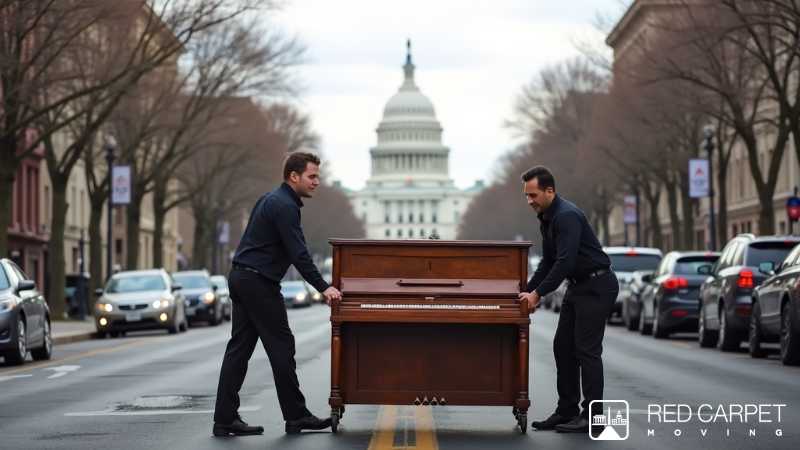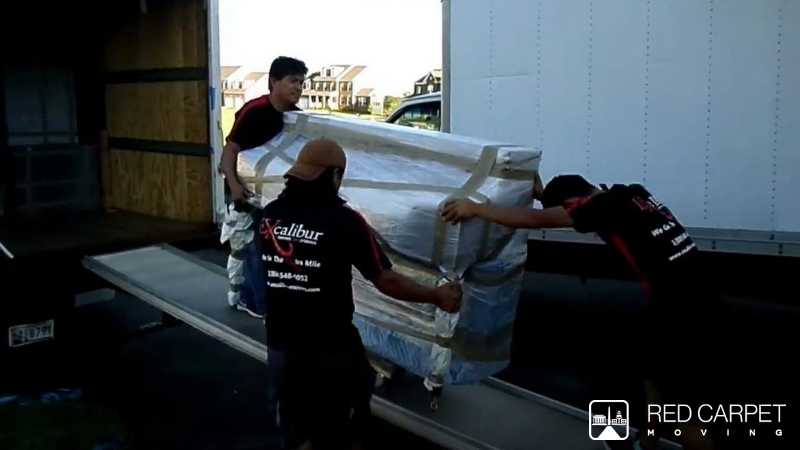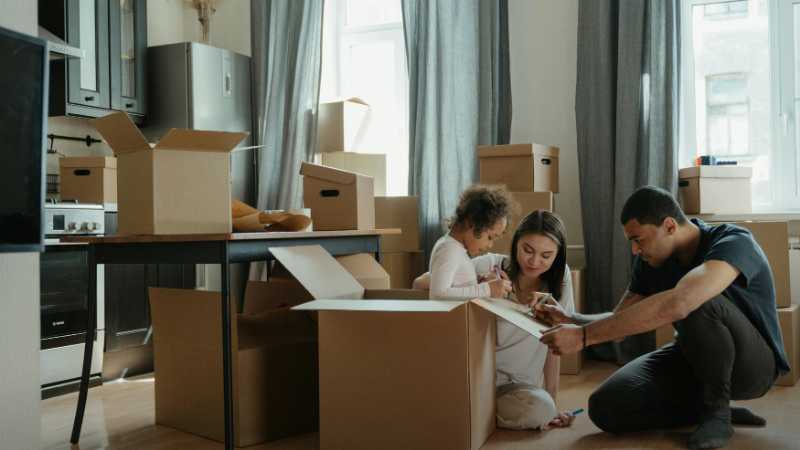There’s something sacred about a piano. It’s not just the weight of its wood and steel, but the weight of its history. Birthday songs, first recitals, rainy Sunday improvisations. Each note holds a memory. So when life calls you to pack up and move across the country, your piano is the one that leads the procession, as equal parts cargo and cherished companion.
But moving a piano isn’t like hauling boxes or loading a couch. It’s a delicate, high-stakes endeavor that blends physics with finesse. From the rowhouses of Washington DC to a new home hundreds or even thousands of miles away, a piano’s journey must be handled with planning, precision, and deep respect for its complexity.
Here’s what you need to know before your piano hits the road.
Your piano’s fragile soul
Moving a piano is an exercise in engineering. Upright or grand, spinet or baby, each type demands a unique approach. What many first-time movers don’t realize is that a piano’s internal structure is incredibly sensitive to movement, temperature changes, and even humidity shifts.
One tilt in the wrong direction, and suddenly the soundboard (the very soul of the instrument) can crack. Keys can jam. Tuning can be thrown off. And worst of all, invisible damage might not reveal itself until weeks after the move.
For a cross-country relocation, these risks multiply. Whether you’re navigating narrow DC rowhouse staircases or hauling through high-altitude mountain passes, every mile matters. That’s why many local moving companies, no matter how skilled at moving wardrobes or couches, are simply not equipped for the job.
Specialized piano movers like our team use temperature-regulated trucks, custom strapping systems, and padded crates designed for long-haul protection. We make sure to babysit your piano like the delicate piece of machinery it is.
Every move is a score
Think of your piano move as a carefully choreographed performance. The planning phase? That’s your sheet music. The movers? Your orchestra. And like any great performance, timing and preparation are everything.
Start with an inventory. Photographs, serial number, notes about any existing cosmetic damage. This becomes your baseline. Next, speak with your mover about route planning. Will your piano be sharing space with other items in the truck? Will it be transferred between vehicles at any point? How will it be lifted, secured, and monitored during the trip?
A trustworthy piano mover should answer these questions without hesitation. In fact, in cities like DC, where hot summers and damp winters are notorious for warping wood, a climate-controlled option should be non-negotiable. Likewise, if your piano will sit in storage between homes, ask for facilities that are both temperature- and humidity-controlled. Not all “storage” is safe storage when it comes to musical instruments.
The final octave
Once your piano arrives at its new home, the job isn’t over. Most instruments will need time to acclimate before they can be tuned. The general rule is to wait at least two weeks after delivery to allow the internal components, especially the soundboard and strings, to settle into their new environment.
Then, bring in a qualified piano technician for a full inspection and tuning. This step safeguards the future of your instrument. A technician can catch minor damage early, re-align internal components, and get your piano back to peak condition.
Above all, know this: a successful long-distance piano move is about expertise, coordination, and care. Make sure to choose a moving partner who treats your piano with the same reverence you do.
In Washington DC and beyond, we’ve built a reputation for treating instruments like the treasures they are. Your piano’s next chapter deserves a smooth beginning. With us at the helm, it will arrive ready to play its part, note for perfect note.


